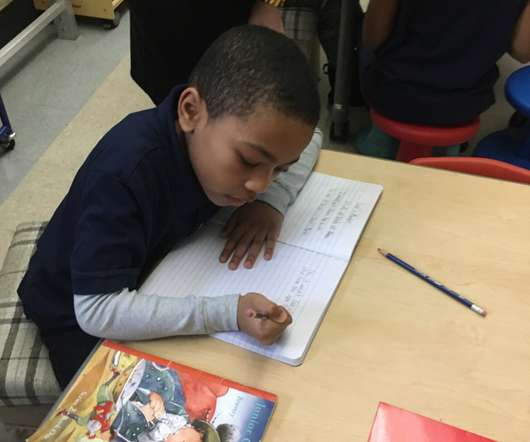School Cellphone Use Contracts Can Reduce Bullying
EdNews Daily
JULY 30, 2019
That was a jump of 15 percent from the 2014-2015 school year. Eighty-eight percent (88) of 13-17-year-olds have access to cellphones. Ninety-one (91) percent have access to computers, tablets or cellphones. More parents are sending their young children to elementary school with a smartphone. About the Author.




























Let's personalize your content